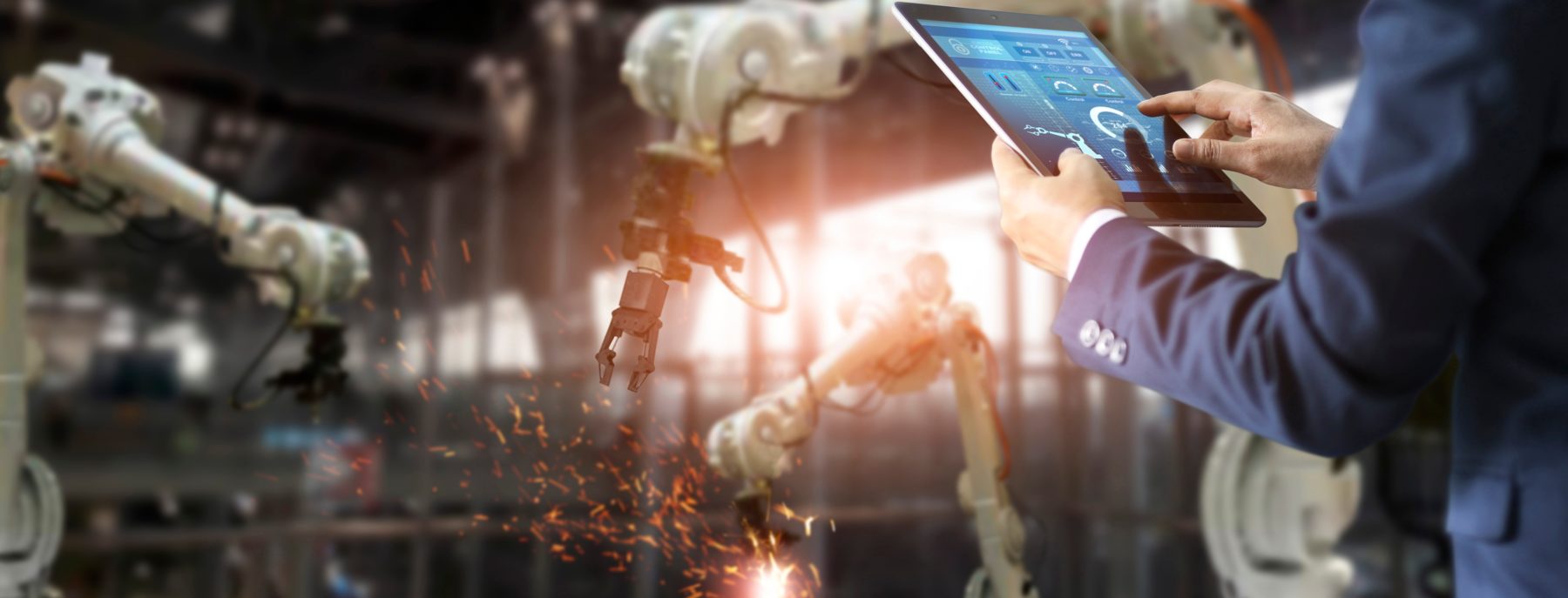AIST – Safety in Numbers
EARTO Innovation Awards 2021 – RTOs International Network (RIN)


In the current situation with the novel coronavirus, the cancellation of large-scale events, or the holding of events without spectators has an extremely negative impact on society, in addition to the severe economic impact. The risk of infection can be decreased by avoiding the 3Cs; closed spaces (i.e. poor ventilation), crowded places (i.e. high density of people), and close contact. To establish safe operating protocols, the National Institute of Advanced Industrial Science and Technology (AIST) has been conducting research to quantify the infection risk of large-scale events. With the cooperation of the relevant stadium authorities, the Japan Professional Football League (J-League) and others, AIST has conducted surveys into the infection risk conditions at a number of domestic league games over the last 6 months. Based on the in-stadium measurements, a Monte-Carlo simulation showed a maximum risk reduction of 94% when all the considered prevention measures were implemented.

Measurement and risk assessment of large-scale events were conducted
 CO2 concentrations were typically below 1000 ppm
CO2 concentrations were typically below 1000 ppm 
Mask wearing rate was 94% on average

A simulation estimated that prevention measures including mask wearing and spacing of spectators reduced the infection risk by 94%
Reducing Infection risk at large events
As the ongoing situation with COVID-19 has shown, it is important to know what measures are effective to reduce the risk of spread of infection. For events where many people congregate in a confined area, such as sporting events in stadia, there is concern that the total number and seating density of spectators, whether or not masks are worn, the degree of congestion at entrances, exits, toilet areas etc., and differences in cheering methods may affect the spread of infection.
Analysis of stadium crowds
In order to assess the risk of infection of the new coronavirus among spectators, players, and staff, AIST has been conducting a survey on stadium crowds using a CO2 measuring device as an indicator of air circulation, laser radar (LiDAR) as an indicator of crowd density and image and acoustic sensors to analyse crowd behaviour. A Monte-Carlo simulation model, previously used to evaluate the risk of the opening ceremony of the Tokyo Olympics [1], was modified to take into account the mask-wearing rate, seat spacing, and number of accompanying persons, etc. By using the above model with the measured data such as the mask-wearing rate and so on, the effectiveness of the infection risk countermeasures was evaluated.
Reducing the Infection Risk at Large Events
The analysis of CO2 levels both around seating areas and the areas where transient crowds congregate (concourse, ticket gates etc) showed that the air was sufficiently circulated to keep infection risk low. Spectators was seen to follow the requested measures well, with an average rate of mask wearing at the matches surveyed at 94%, and audio data showing spectators refraining from singing or loud chanting. A Monte-Carlo simulation showed a maximum risk reduction of 94% when all the prevention measures were implemented. The risk assessment method attempted in this study should also be applicable to risk assessment in events other than soccer, and efforts will be made to confirm the effectiveness of countermeasures.
Reference:
[1] M. Murakami et al., Microbial Risk Analysis, In press (2021)
The National Institute of Advanced Industrial Science and Technology (AIST), one of Japan’s largest public research organisations, focuses on the creation and practical realisation of technologies useful to industry and society, and on “bridging” the gap between innovative technological seeds and commercialisation. AIST is organised into 7 research areas and has around 2,300 researchers at 11 research bases nationwide
© Photos Credit: AIST
< Previous Next >

